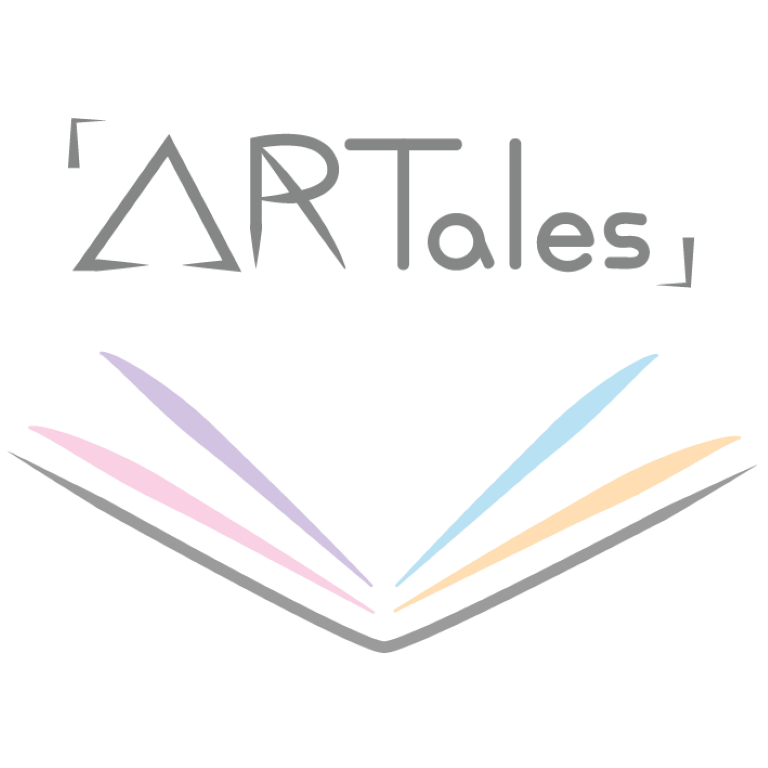With our priorities being renewed from the previous week, we had a very long discussion with our storywriter about how we were to proceed ahead with our story. As individuals who now had a few weeks’ worth of experience of working with AR, we had to convey core AR concepts to our writer about what some common and notable practices to think about while writing the core concepts of the script.
- Field of View is narrow, so objects cannot be too spread out of they are to interact with each other.
- Magic Leap has an image clipping specification of around 40cm, so objects cannot get too close to the guest.
- All world objects are treated as surfaces, so there cannot be assumptions or references made to/about specific objects, since there is no object recognition.
- Mesh updating is quite slow, so we should not rely on tracking real props, especially if they are moved.
- Mesh resolution is not particularly generous, so small objects on surfaces will be treated as surface imperfections, rather than individual objects.
- The color Black is the absence of information in pixels, so standard theatrical processes such as a black out or darkening of particular set areas is not possible.
- Hand interactions are limited to the following gestures, and grabbing+moving objects is not fluid or recommended.
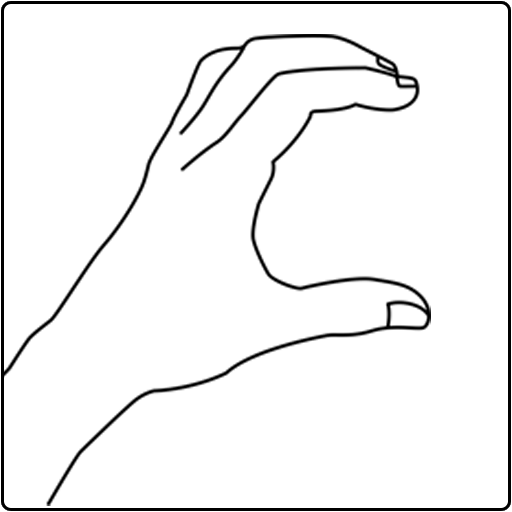
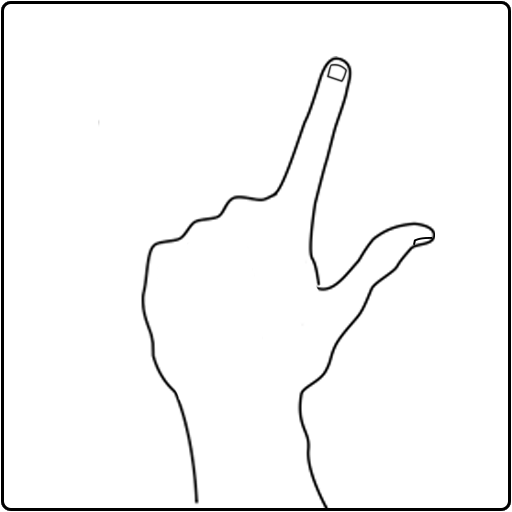
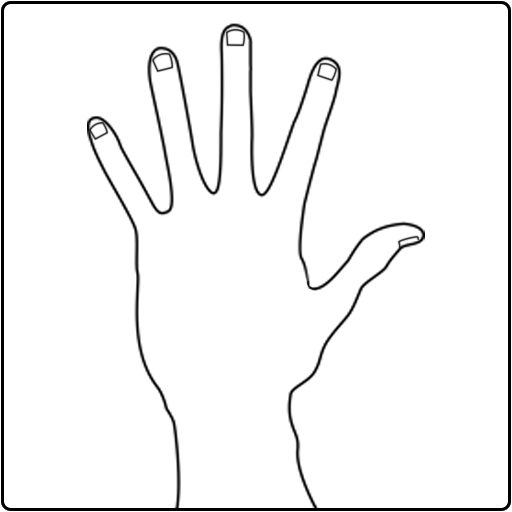
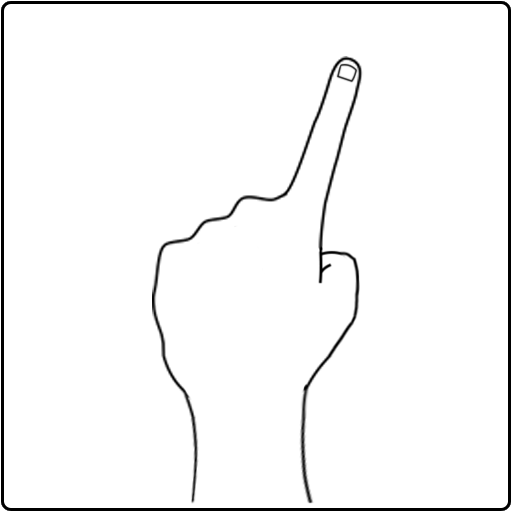
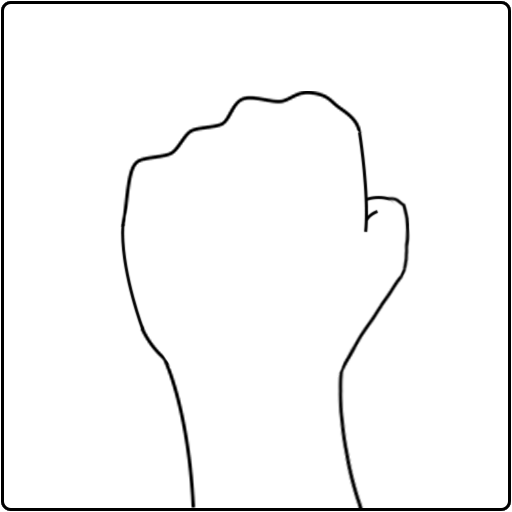
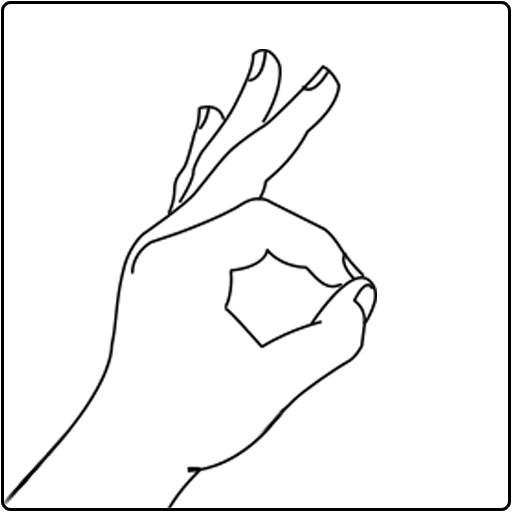
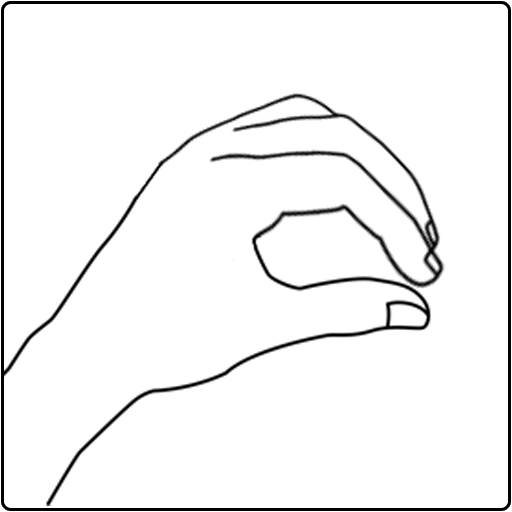
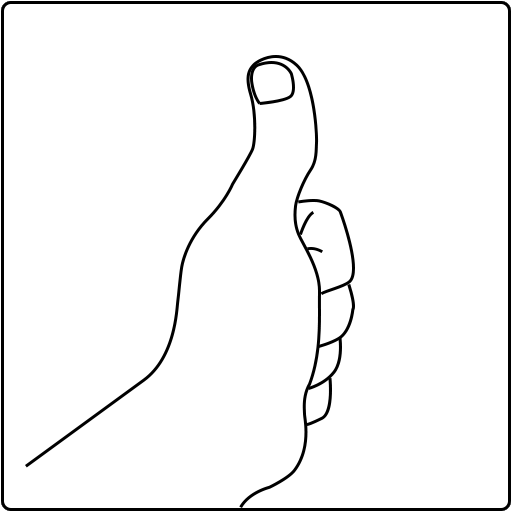
Since there isn’t a tech specific “AR Script Template” available, these previous points need to be thought of when writing for an AR specific experience.
After some further back and forth, we came upon a story that takes place during a birthday party in a ghost setting. Ghosts or spirits were chosen for their smaller size and general simplicity. The size helps with managing the limited field of view, as smaller characters can be presented closer to the guest. The simplicity aspect helps with overall scope. Since at this point, the story is pieced together with a large amount of dialogue, simplistic body and facial features mean that we will have to do a lot less rigging and animation to sync with that dialogue. In addition, the standard accepted movement of ghosts is via flotation, so we would have to worry less about animating walking patterns and having them incorporated seamlessly with the rest of the action.
Limiting the time we would need to spend of characters means that we would have some more time for environmental design as well. Balloons, presents, puddles of champagne all could be created to transform the guest’s “ordinary” space into a real ghost party. This would add to the immersive element of the technology. To further connect the virtual world with the real, some of the set design would react physically with the real world. Balloons would bump up against the ceiling, champagne flutes thrown against a real table would shatter, spilt drinks would run along real surfaces and react, that sort of thing. We jotted some notes down about what could be incorporated into the world so that we could take Scope into consideration later.
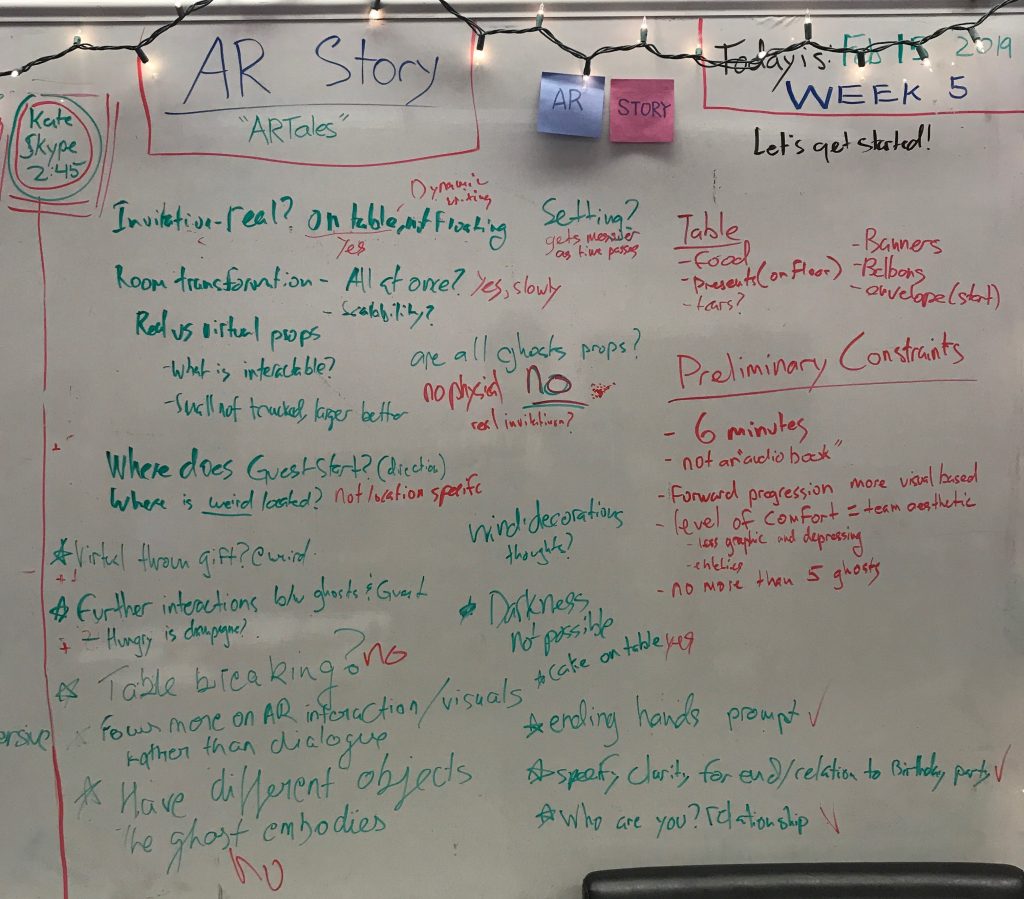
Unfortunately, after a meeting with our Faculty Clients, it became apparent that the existing story, one of a ghost party where guests interact with ghosts to hear their stories, really didn’t have a powerful enough end. There just wasn’t the emotional shift from start to the end, and the more we discussed, it became apparent that the existing framework of the story and topic would not be able to be easily amended.
So a rewrite was in order.
But not all was lost. Our conversations definitely helped our writer think in a more AR environment, and the use of ghost-like entities as characters will be kept. These two points will allow for the next iteration to be created much more quickly and efficiently.
